Rendering Comparison: Olympus E-P5 vs Sony A7
by Michael Van den Bergh
First of all I’d like to thank Steve for his great website. I absolutely love his reviews, and his photos are an inspiration.
In this user report I will post comparison shots of the Olympus PEN E-P5 to the Sony A7 at the classical focal lengths: 35, 50 and 85mm.
The Sony A7
Inspired by Steve’s blog, I believe that a great camera is a camera that gets out of your way: convenient to carry, quick to access the right settings, and easy to get the shot you want.
My Nikon D7000 DSLR ticked none of those boxes. That’s how I tumbled into the world of micro four thirds. I currently use a PEN E-P5 as my main camera, and I cannot stress enough how great this camera is.
However, as a micro four thirds shooter there is always that itchy feeling that a full frame camera might produce superior images. With the new Sony cameras the itch got stronger, and on top of that I stumbled upon a crazy deal that I couldn’t refuse: $1,400 for the A7.
This pushed me into selling my Nikon gear and becoming the owner of an E-P5 and A7 side by side. I’m happy I made this jump. Rather than indefinitely debating which system is better for what, I’d rather just get it over with and own BOTH.
Right off the bat, the Sony A7 is fantastic. The controls feel right, everything is easy to access, and that EVF! I actually think the Sony EVF is better than the Olympus VF-4. They are very similar when you compare them side by side: about the same size and resolution, but the deeper blacks of the Sony make me forget that it’s an EVF. For me, that’s a milestone achievement right there: when you stop realizing that it is electronic and it all feels natural. Manual focus is easy through the viewfinder. There is no need for magnification or focus peaking.
The following comparisons are shown as a quick and dirty test, and are in no way scientific. My intention is to show what one might gain by moving from micro four thirds to full frame. This test compares 35, 50 and 85mm equivalent lenses, plus some outliers that might be used in similar situations (the Panasonic 20mm f/1.7 and the Olympus 75mm f/1.8).
35mm Lens Comparison
I find it really interesting to see how the A7 compares to the PEN with the 20mm f/1.7 and 17mm f/1.8 lenses. It is hard to compare focal lengths because of the different aspect ratios, but both of these lenses can be considered as 35-ish.
I don’t have the FE 35mm f/2.8, so I used my Nikon 17-55m f/2.8 for this test. When set to 35mm this actually works and covers the full frame. The Nikon is not a bad lens and should give us an idea of the type of images you can expect from a 35mm f/2.8 lens on full frame.
PEN E-P5 – Olympus 17mm f/1.8 – ISO 200
Sony A7 – Nikon 17-55mm set to 35mm f/2.8 – ISO 200
PEN E-P5 – Panasonic 20mm f/1.7 – ISO 200
As expected, there are no huge differences between these images. The full frame image has a tiny bit more background blur. I’m sure the Sony FE 35mm f/2.8 resolves an incredible amount of detail, but these Olympus and Panasonic lenses are already plenty sharp.
The Olympus 17mm f/1.8 is often discarded as inferior. I’ve never had any issues with sharpness, and I love the way it renders…
PEN E-P5 – Olympus 17mm f/1.8 – ISO 200
The Panasonic Leica 25mm f/1.4 is my favorite lens on micro four thirds. It has been my go to lens for the past year or so. On the other hand I’m happy I never sold my Nikon 50mm f/1.4 G (which I never liked on my D7000), because this lens works beautifully on the A7.
PEN E-P5 – Panasonic Leica 25mm f/1.4 – ISO 200
Sony A7 – Nikon 50mm f/1.4 G – ISO 100
In this comparison there is an obvious difference in background blur. If bokeh is your thing, full frame really wins here.
I can show some real-world samples as well. I really like the colors from the A7, like the following example. It is with this type of shot that full frame really shines: a comfortable 50mm field of view and great subject separation.
Sony A7 – Nikon 50mm f/1.4 G – ISO 200
The Panasonic Leica is no slouch either though, and the following photo really highlights its lovely rendering.
PEN E-P5 – Pansonic Leica 25mm f/1.4 – ISO 200
85mm Lens Comparison
The Nikon 85mm f/1.8 G as my favorite lens on my DSLR. It performs really well on the A7 and I will probably keep it for a while. I am comparing it to the two typical portrait lenses one might use on micro four thirds: the equivalent 45mm f/1.8 and the longer 75mm f/1.8.
For this example the background is only 4 meters away. These are the typical portraits distances where it is more difficult to blow out the background because it is quite near.
PEN E-P5 – Olympus 45mm f/1.8 – ISO 200
Sony A7 – Nikon 85mm f/1.8 G – ISO 200
PEN E-P5 – Olympus 75mm f/1.8 – ISO 400
The Nikon 85mm has quite a bit more background blur than the Olympus 45mm. However, if you look closely the 45mm renders a cleaner bokeh while the Nikon suffers from cat eyes in the corners. Though a different field of view, the 75mm Olympus renders roughly the same amount of background blur as the 85mm Nikon on full frame.
Here’s one last example shot with the A7 and the 85mm. This setup makes it really easy to make spontaneous people shots. This would be much harder on micro four thirds.
Sony A7 – Nikon 85mm f/1.8 G – ISO 1250
So is full frame really better? I think it really depends. For extremely shallow depth-of-field a full frame camera is unbeatable. The photos are creamy and sometimes the gradients seem less harsh, more natural. I assume this is a result of better dynamic range.
Either way, the differences are subtle, and micro four thirds offers an incredible selection of small lenses. It is the system you want to carry with you on your travels. Both cameras (E-P5 and A7) make photography such a pleasure.
I hope this comparison was helpful to everyone out there on the fence between these two systems, or thinking about upgrading!

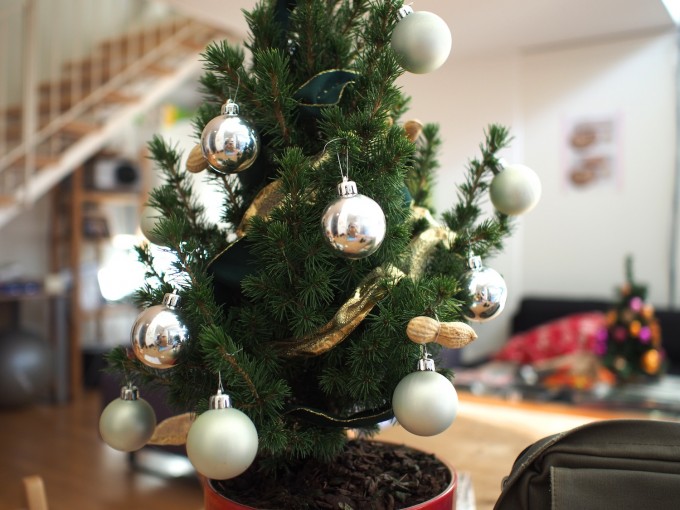

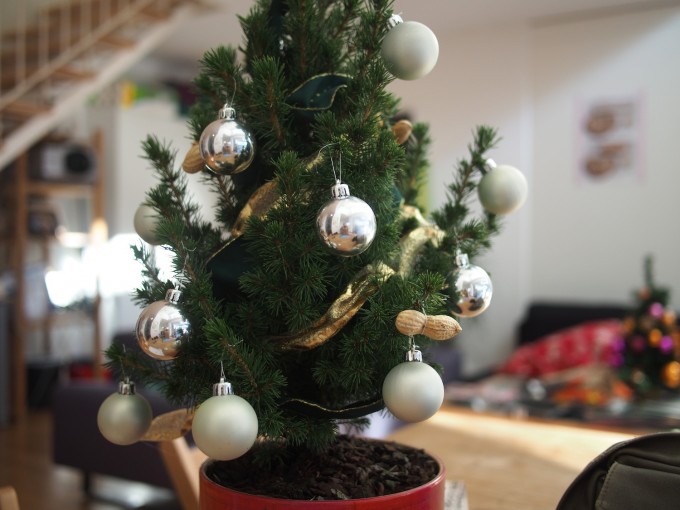
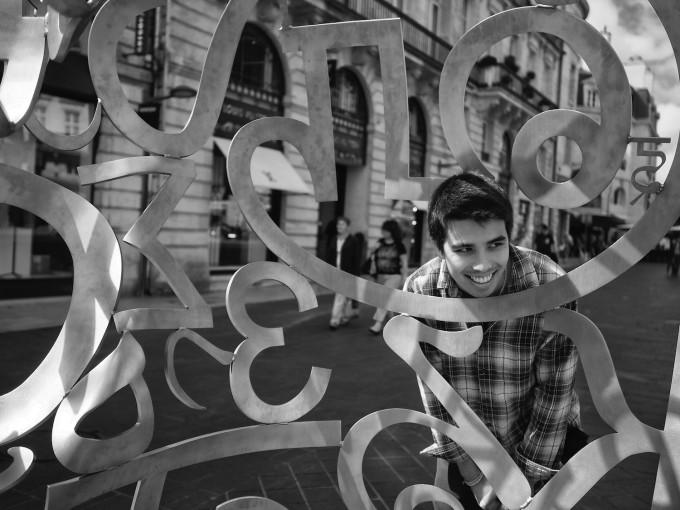




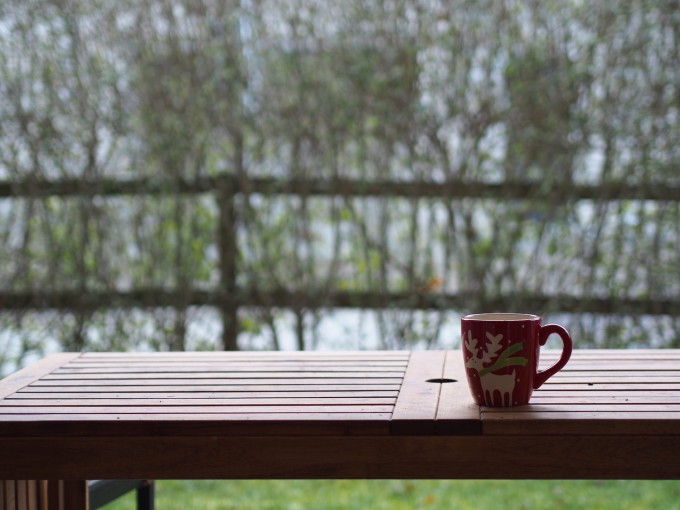
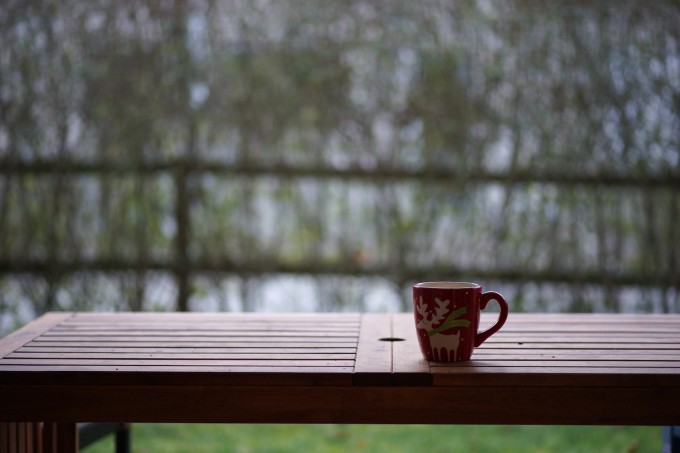
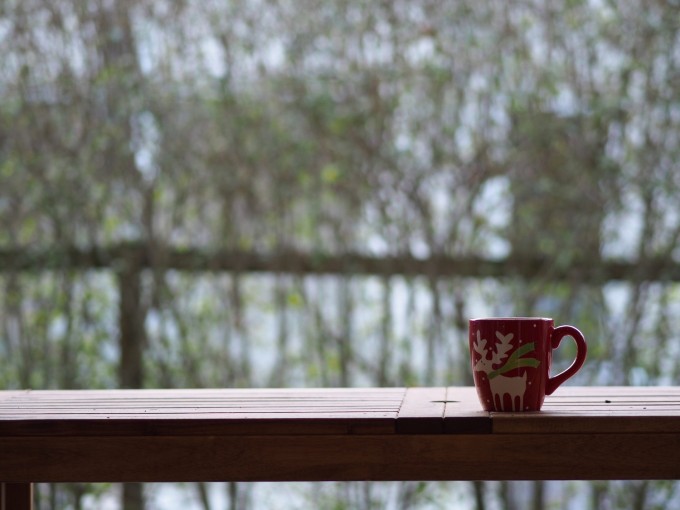


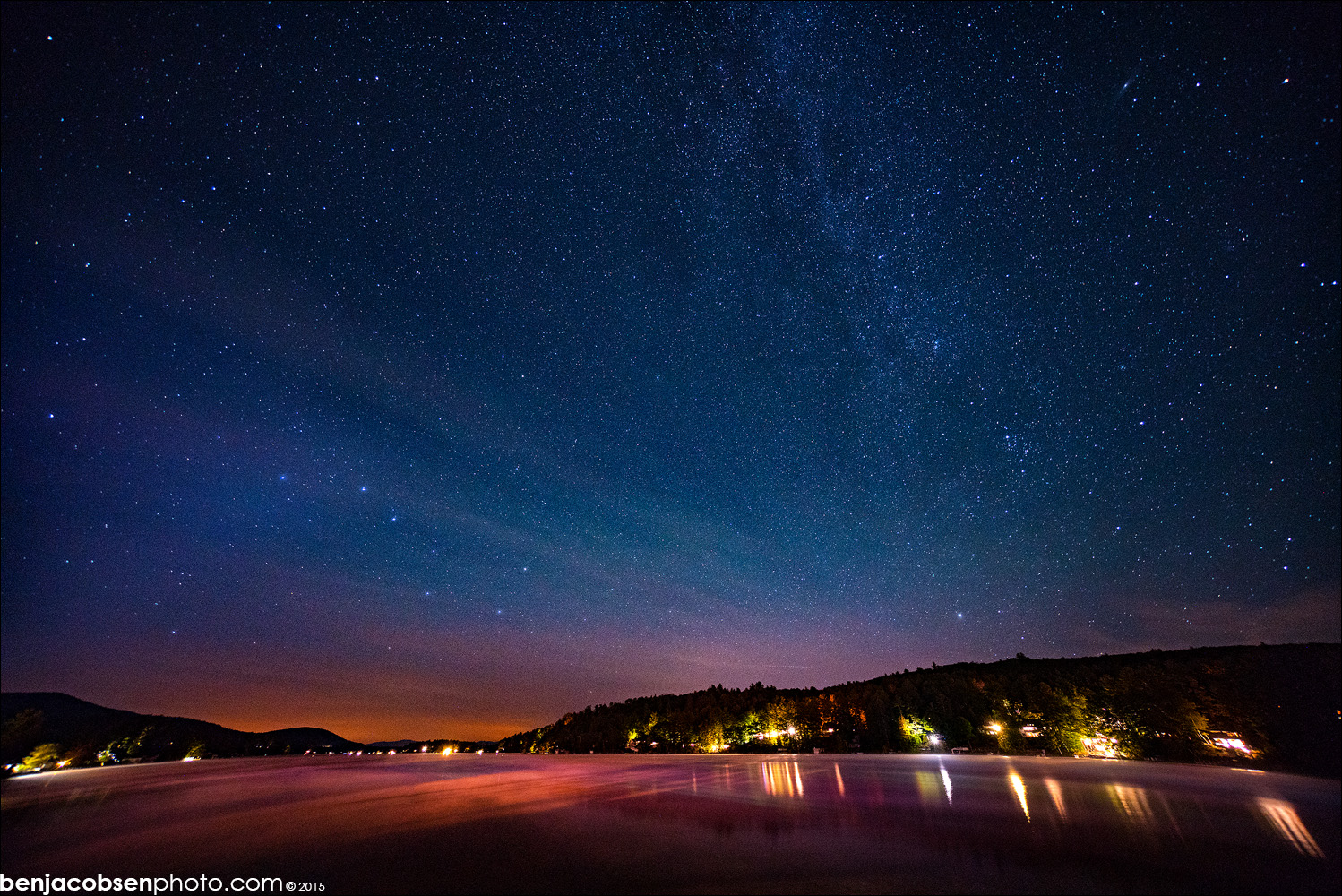
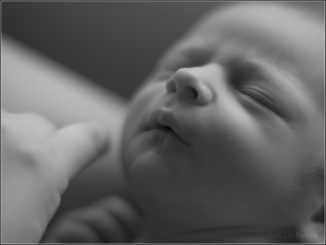

I appreciate the work and thought that goes into these comparisons. None of these images have only very minor distinguishing points. It makes me feel ok about just hanging on to my Nex 7 for a year or two more until things have matured and/or taken a major step forward. By then I hope it will full frame, ergonomic, fast cheap and awesome. 🙂
the EVF on the Sony is good but is nowhere near an optical viewfinder. dont be fooled here. try before you buy.
the rendering of both cameras is nice with the sony having the edge here (no wonder).
of course the pen produces sharp images. why not ? micro four thirds has its limitations but sharpness does not fall under that limitations. your images proof that. some people report that the A7R has a better overall build and feel. i could not tell the difference. the A7 feels just as good in hands.
I do have an E-P5 and have been considering buying it an A7 friend, so this was indeed helpful. Thanks!
The A7 series is about to get more stiff competition, too >> http://photorumors.com/2014/01/20/fuji-x-t1-camera-teaser-specifications-and-adidional-images/
The differences noted in the comparo are indeed visible, yet almost altogether insignificant if one were to exhibit one or the other. Truly an embarrassment of riches, when one considers the creative potential in today’s in today’s photo tools.
Hi there, how did you control the aperture of the Nikon 50 1.4G lens on the Sony A7?
If this has shown me anything, the differences are small. They aren’t as nearly as dramatic as many of these forums would suggest. Yes, there are advantages either way re: DOF. However, when you consider size of the lenses and bodies, m43 wins. I also didn’t feel that the A7 was as refined as you did. The controls felt awkward to me. It felt very rushed to market, especially when putting it next to the E-P5 or E-M1 for that matter. The biggest debacle was omitting the viewfinder from the E-P5. I hope Olympus starts to include a viewfinder in every camera they make going forward.
I agree that all Olympus cameras should have EVF.
I like the VF4 on the Pen Series as it is perfect for macro shots and even very useful for portraits, I can tilt the VF4 and easily view both the subject and the scene outside of the EVF’s view.
After viewing these photos and comparison, I am now cured of G.A.S. LOL. Now I understand why some people stick with film. We are always out for the next best thing in the digital world and It will never end. All these photos looks great and not a significant rendering of either camera for me to upgrade. Now I can just go out and shoot. I’ll shoot will my Ricoh GR V until the lens falls off.
As a saxophonist, it’s the same thing. There always a new horn that makes you doubt the one you have. People that have the PEN E-P5 should be happy. To my eyes, it looks just as good.
Truthfully, I’m not a fan of the Sony A7. Not one bit. Handled one in a store and fired a few frames, but didn’t enjoy the ergonomics, balance … or frankly, even the looks of the thing.
I won’t deny that stuffing a full-frame sensor into a tiny body is no small achievement. But unless Sony goes all the way and spends big bucks figuring out how to engineer image stabilized, fast autofocus lenses that are as small as Leica M lenses or Fuji X lenses [I guarantee Sony won’t], then it’s always going to be an unbalanced, ergonomic mess with all but a tiny handful of lens choices.
I think this is a big part of why Nikon and Canon haven’t gone this route ― they already understand it’s a significant engineering conundrum that’s probably not worth the ROI.
Compact mirrorless cameras make much more sense for M4/3 and APS-C sensor sizes, as the lenses [in most cases] can be made much more compact. Without a re-engineering of full-frame lenses across the board, full-frame compact mirrorless cameras will remain white elephants, IMO.
As to the differences between these two cameras, yeah, at web res the differences are less apparent, and you can certainly make fine 16X23″ enlargements from M4/3. But if you go larger and stand 6″ from the print, you’ll definitely see more detail in the A7 image. Course, how often do folks do that?
The rest of the differences observed here are, to some extent, due to the difference in sensor size, but also have to do with differing subjects [in some cases] and different lighting. Post work can close the gap to some extent, too. I would argue that the Olympus M.Zuiko 75mm f/1.8 lens could give you the same subject isolation and out-of-focus background elements as the 85mm Nikkor on full frame.
Tonal reproduction, dynamic range, and that 3D effect are probably going to be a little better with full-frame, though, granted.
I think the Olympus remains a fine choice for documentary, reportage, and travel photography … and is certainly capable in other areas, too, if one is mindful about lens choice, shot discipline, etc.
All depends on one’s output needs and expectations.
Nice, clean images, btw. You’re obviously mindful about your technique!
Just goes to show that as they say in the car biz, “there is a butt for every seat.” I shot the EM5 for a year and wanted to love the EM1 but didn’t. I found the ergos lacking for my hand/use, and I hated the feel of the shutter. I’m finding the A7, while far from perfect, quite fun to shoot. I’m using it back to back with GH3 and GM1 (I like u4/3 for many things) and raw files from those cameras with good lenses can punch above their weight, but the files from the A7 are on another level. Which you’d expect – there is no hiding from physics. I can push the raw file around way more with the A7. That said, I have a higher “hit rate” with the GH3 as it is just a tad quicker to focus and the OIS covers a multitude of sins. That may actually be one reason I like the A7 so much. When I think about what I’m doing instead of just clicking away, I get rewarded. Different tools scratching different itches. Glad I’m able to have both.
The Christmas tree shots have different exposures and there are slight changes in the lighting. There is no evidence here that the Olympus sensor is “crushing the darks”. Moreover, the tone curves are adjustable in-camera and in post. We can’t conclude that the defaults (or whatever was used here) represent the limits of the sensor.
What I don’t understand is where Michael writes, “Here’s one last example shot with the A7 and the 85mm. This setup makes it really easy to make spontaneous people shots. This would be much harder on micro four thirds.” How is micro four thirds much harder for spontaneous people shots? Wouldn’t the 45/1.8 or another M43 focus just as quickly?
There is no significant difference in exposures or lighting among the comparison shots. If it were the case that dynamic range was the same across all three cameras and the only reason the Sony had more shadow detail was because the Olympus And Panasonic were slightly underexposed, then you’d expect the highlights in the Sony shot to be hotter and have less detail than the other two. In fact it has more, not less. The Sony has much wider dynamic range. This can’t be compensated for by tweaking tonal curves. The detail just isn’t there in the other shots.
This is interesting (from DxOMark) >>
“In the lab the E-M1 achieved one of the best scores for a MFT format camera with a DxOMark Sensor score of 73 points. As you might expect from the overall score, the E-M1 achieved one of the highest Portrait scores from this size sensor with color depth of 23-bits, and a similarly impressive Landscape score (DR) score of 12.7 Evs. The Low-Light result was a little lower than expected (at 757 ISO) but it’s not too far away from the best APS-C cameras.”
“The Sony A7 achieves a DxOMark score of 90 points and is ranked in 9th place overall just behind the medium format Phase One IQ180 at 91 points and just above the full-frame Nikon D4, which scored 89 points.”
According to DxOMark, the Sony offers 14.2 Evs of dynamic range (compared to the Olympus OM-D E-M1’s 12.7 Evs). 1.5 more stops of dynamic range with the Sony; fully expected … but not massive. The Olympus RAW files are quite flexible, too, btw.
Color bit depth from the Sony is 24.8 vs. 23 bit from the Olympus ― here the difference is negligible, given the difference in sensor sizes. It speaks to just how good the latest generation Sony sensors for M4/3 really are.
So, while the Sony A7 clearly offers better dynamic range and a tiny bit better color bit depth, the differences are not as much as one might expect. In real world shooting, other factors will play a greater role [lens selection, lighting, settings choices, shot discipline, etc].
In fact, at base ISO, the OM-D E-M5 provides better overall IQ than the Nikon D700…which means M4/3 has come a long way, indeed.
In terms of bit depth (24.8 vs. 23 bit), it is worth noting in binary one extra bit represents a doubling of the number of colors that can be captured and 2 bit is a quadrupling. It is the difference between:
(2^24.8) = 29,210,829
(2^23) = 8,388,608
That’s a lot of extra colors.
I am just an amateur photographer, but a professional computer scientist. I am still on the fence can’t decide between lighter weight and cost or higher cost and better IQ.
The fact that there is a big shaft of sunlight across the floor and wall in the Olympus 17mm and Panasonic 20mm shots — and no such shaft of sunlight in the Sony 35mm shot — may be a significant difference. The highlights in the Panasonic 20mm shot are in fact darker than in the Sony 35mm shot. The entire image is darker.
Likewise, there’s a shaft of sunlight at the bottom right of the Oly 25mm shot that doesn’t exist in the Sony 50mm shot.
The Olympus 45mm and 75mm shots both retain more dark detail than the Sony 85mm shot ( and the exposures differ).
This is a very interesting comparison of rendering, but I wouldn’t draw conclusions about dynamic range from it.
Thanks for your input. What I meant is that you don’t need to be as mindful about the background with a full frame 85/1.8, and you need to be more careful with the 45/1.8 on how you set up your background. In that particular example the 45/1.8 would not have blown the background out of focus. You’d want to either move your subjects to a less distracting background, or a background that is further away.
Thank you.
Considering that the Oly m43 sensor size it does put up a good fight against the big full frame league.
Besides superior quality to the background blur which comes with the A7 – the difference in dynamic range is even more obvious. The Olympus sensor is crushing the darks. It looks quite unappealing, and much more in-line with a P&S – than the more balanced tones from the A7. This should come as no surprise, but it’s oddly entirely avoided in the guy’s little article.
M4/3 is, on average, 10X the size of the average point & shoot sensor [and comparatively much closer to full frame], so that’s not really a fair comparison.
In my experience, the full-frame “image depth” advantage comes down to four elements that are inherent to the larger sensor:
– Improved dynamic range
– Improved tonal range
– Greater color bit depth
– Increased depth of field
When those four elements are combined together, they often account for the improved “depth” or 3D “feel” people often believe they see in full-frame images.
M4/3 can match this to some extent by careful selection of lens, control of light, shot discipline, and a little bit of post work … but it takes a bit more effort to attain the effect that full-frame can do “out of the box”.
Notice I’m not talking about resolution or high ISO capability here, both of which the larger sensor clearly win when pushing enlargement sizes or low-light shooting.
As a user of ff , m43 and also Leica S my feeling is that there is not only a difference how shallow the DOF is, but there is a difference regarding the transition from sharp to out of focus areas. With larger sensor the transition looks more smooth to me.
I am not sure if this can be seen in the subjects of your test images.
Have u used the full frame lenses??
Well, you just convinced me. I’m going into the slot canyons in March and have lugged a Nikon D3x on my past 3 visits. The journey down a steep hill can be taxing with the heavy equipment. I’m going with my Panasonic. Light tripod,light camera, lightt lenses. Enough of the heavy schlepping.
This is as much a comparison of lenses as cameras. But I’m seeing a much greater difference between the E-P5 and the A7 shots than Michael is. The A7 clearly has the smoother and more appealing bokeh, doing a much better job at isolating the subject from the background. Naturally, this to be expected from a full-frame sensor, when going up against the much smaller M4/3. No matter how good an M4/3 sensor is, it can’t get around the laws of physics, and this comparison shows it. Beyond that, the Sony has unquestionably greater dynamic range, which is a product of the A7’s larger sensor sites. This is evidenced by the significantly higher level of detail in the low and high values visible in the shots. By comparison, the E-P5 shots look rather harsh and much less three dimensional to my eyes.
For really shallow depth of field we need …. yes: medium format.
Thanks for this comparison, it made me realize that the Ep5 is a great camera.
Thank you for these comparisons and your non-fanboy attitude! I’m a Sony shooter but I like a lot about what I read and see in m4/3 system. From these comparisons what stood out to me more than the bokeh (which was usually passable on both systems) was the “flatter” image quality of the A7 which I believe is due to the greater dynamic range since it seems consistent across your images. Not that the m4/3 is aesthetically inferior because of it but I think it is a bit like the M9 vs. M240 debate. If you are used to the lower dynamic range and know how to turn into to pleasing, contrasty images it can be and advantage OOC. Personally I love the flexibility of the Sony sensors but great things from both cameras!
Hi Michael, thanks for the interesting comparison. 2 things struck me.
In the comparison Pen / A7 50 mm is the Christmas tree at the A7 brighter and less DOF (lower left ball). The ISO performance is also different.
When comparing the 85 mm images iste it the other way around, here is the cup of the PEN brightens, the ISO also differs. Is it now to deliberate exposure differences, or leigt it to the DR of the cameras?
I also like not good the bokeh of the Nikon lens. From the RX-1 coming I find the Zeiss lenses better suited to the Sony.
Greetings Klaus
Thanks for the write up Michael. Yes. The E-P5 is an incredible camera. (I have no shuttershock issues with mine?…it that phenomenon real?)….liked it so much I sold my E-M5. There is something so fluid about the camera…really great… And then picked up an E-PL6 and another VF-4 for back-up..or to go out with two bodies with different primes. Great cameras. Good for 80% of my shooting.
I am still lugging my 5D3 ..when I need bigger better….I have such a complete set of very good AF lenses for it that, for now….I will continue to use it as the Sony’s are not there yet…but maybe in a couple of years..
It’s all great gear though!!!!
When considering that Sony will most probably launch at least one or two more modifications to the A7 and A7r; and, that must be a wild dash by other camera companies eagerly working their engineers to offer a comparable or a far better camera than this Sony to the market in the next year or so…(or certainly at photokina) …I would think that what lies ahead for us camera consumer’s is going to be just awesome.
And, in regard to this photogrsphers tendered comparison photos…
I found the A7 better.
And, I have long been a Leica owner.
How I pray that there is something fantastic going on in Solms or Leica is going to lose me…and for me emotionally that is going to be just tragic!
The 17mm Olympus is sure not inferior, but also not superior as its price tag suggest.